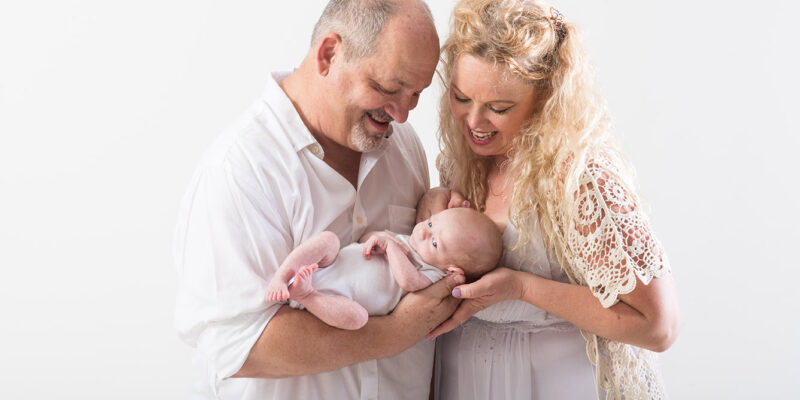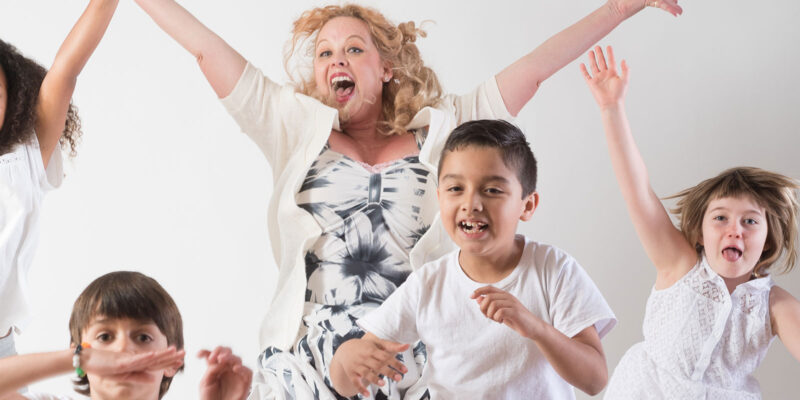by Titanya Monique Dahlin | photo credits Narrative Images. As we all know, we are living in exciting and challenging times. The traditional modern family looks very different than it did thirty and forty years ago. In these times, there is no ‘norm’ for the “modern-day family”. One family may be multi-racial and another may […]
Fear in Children ~ Things That Go Bump in the Night
The only thing we have to fear is fear itself. – Franklin D. Roosevelt A child’s imagination is so much greater than adults because children constantly live in the world of make believe and fantasy. For children, a scary story can expand in their minds, play with their feelings and then a small ugly lizard […]
Energy Medicine for Kids
Children who live with Energy Medicine have a far better chance of becoming whole, happy and strong human beings.
Eden Energy Medicine
Created from ancient and modern energy healing systems, Energy Medicine was created by Donna Eden, Titanya’s mother. Energy Medicine is used to heal and improve our health in subtle, non-invasive ways through the energy anatomy (meridians, chakras and more) and the physical anatomy (muscles, bone, organs, etc.) of the body. Energy Medicine offers simple exercises […]







